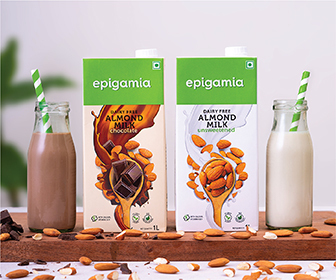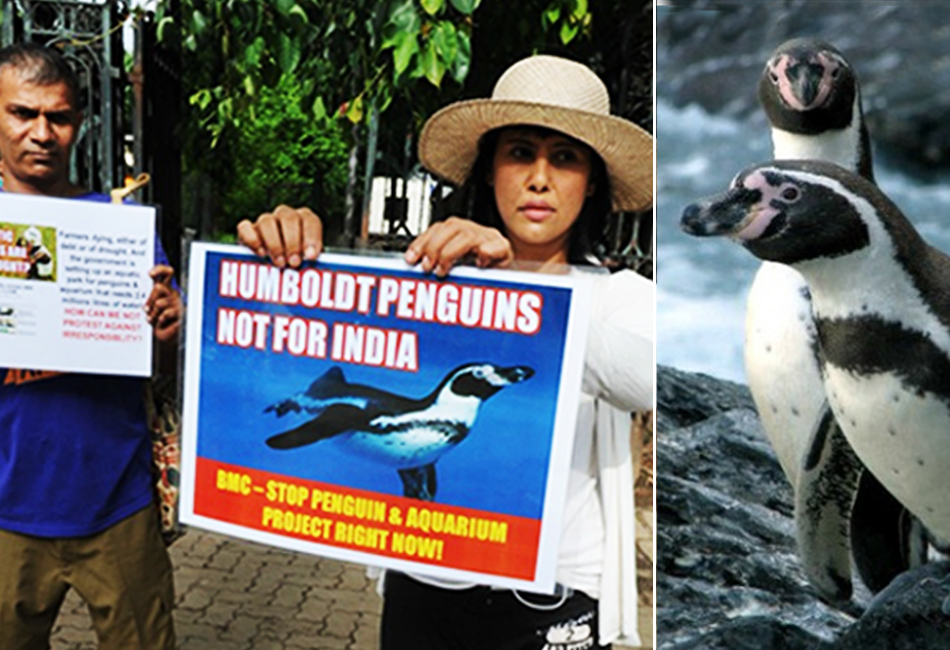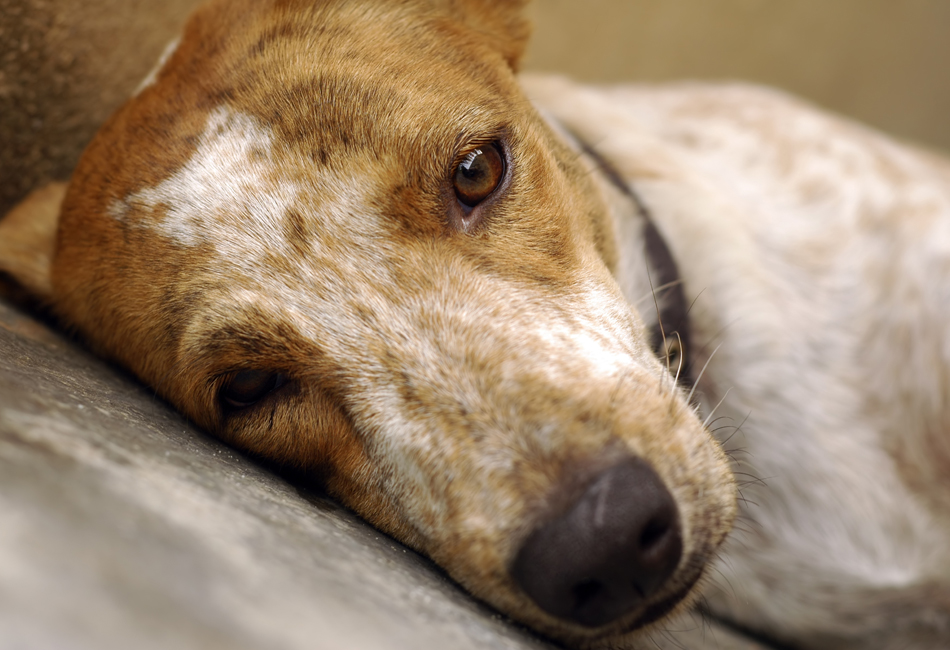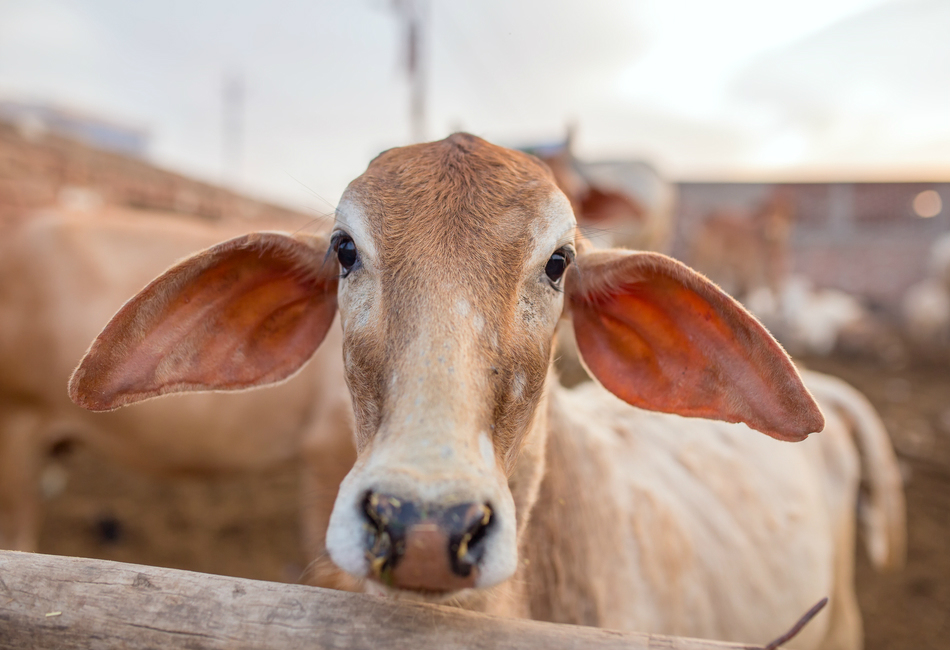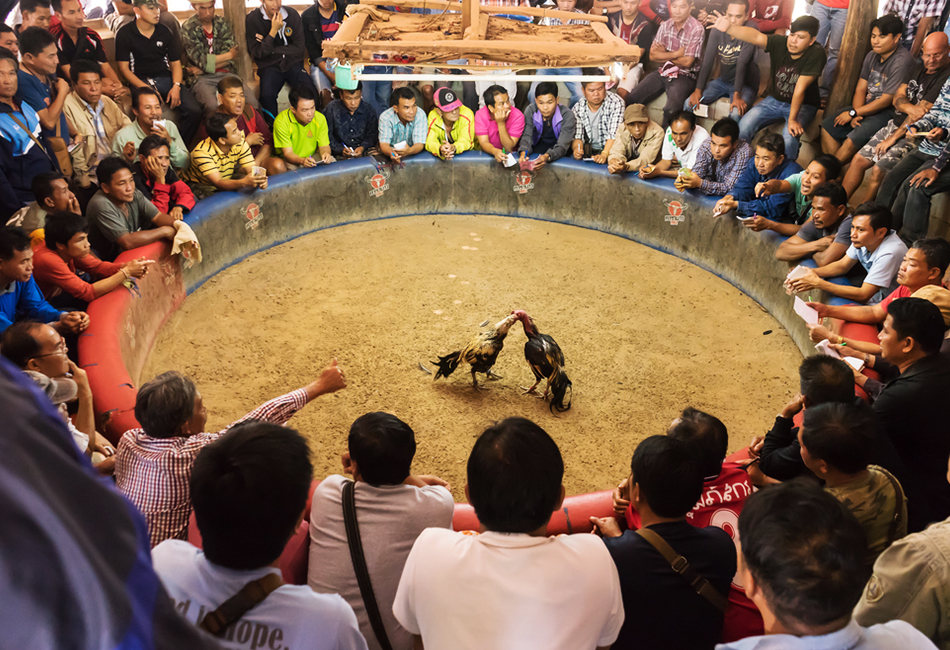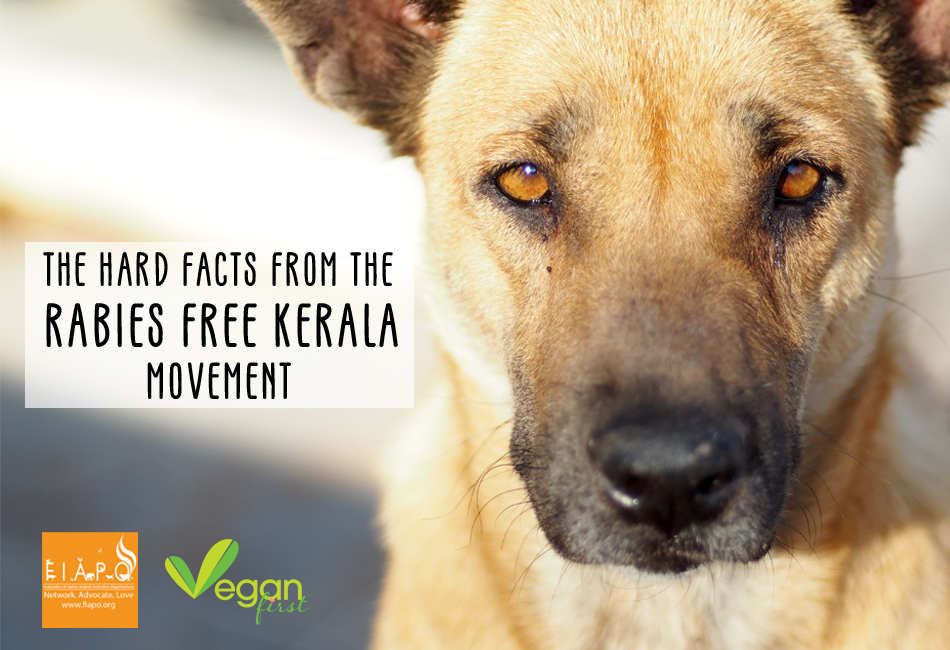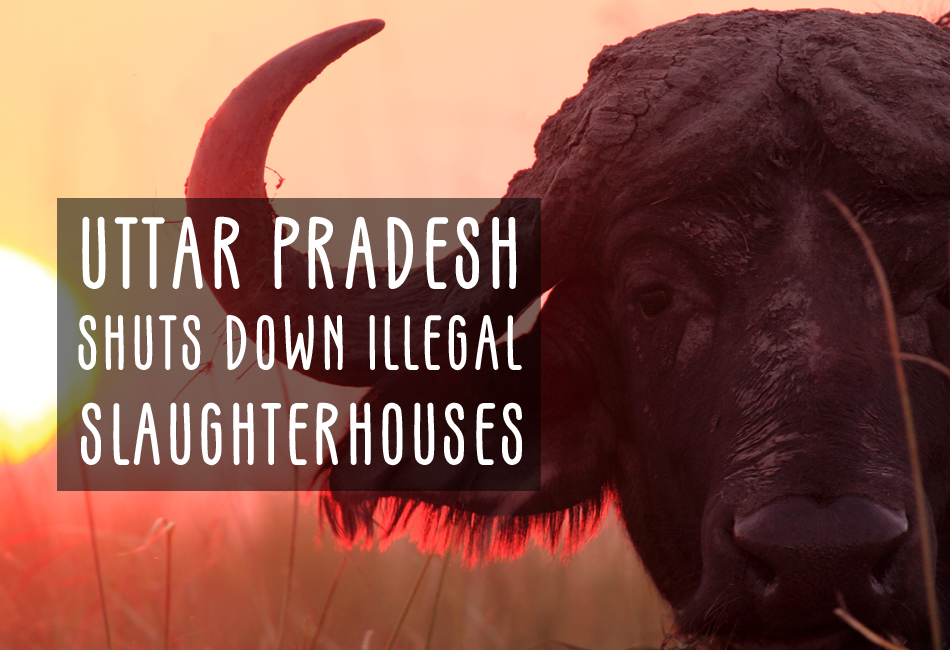Download Free Vegan Starter Kit -
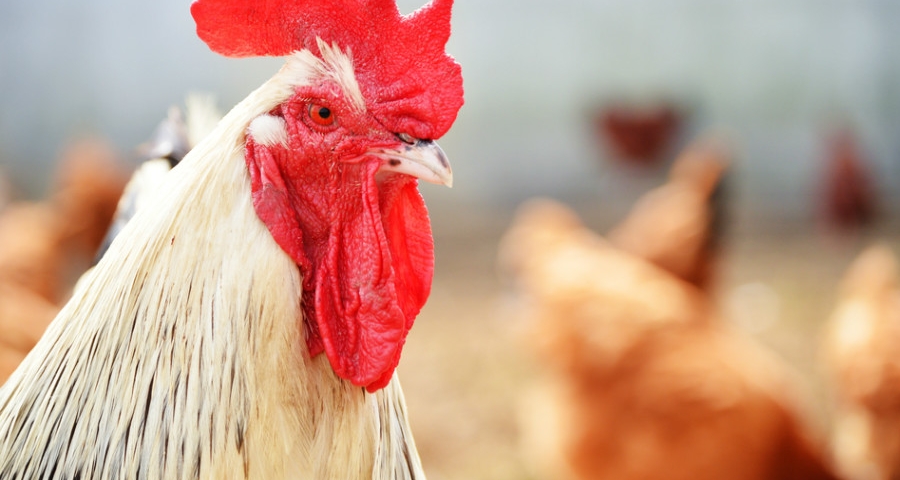
India's Poultry Farming Industry is Unsustainable. Here's Why!
When it comes to the chicken industry, as consumers these are the two products that we are mainly concerned about – meat and eggs. In fact, these two products are obtained from two different types of chicken farms:
-
Broiler Farms – Here chickens are raised purely for meat.
-
Layer Farms – Here chickens are raised for eggs. When their egg production starts declining they are sold for meat.
There is a third type also but that’s not relevant to this article. Why do you need to know all this? It’s because we are trying to map the amount of food this industry really hogs. So let’s look at both these farms piece by piece or should I say feather by feather.
Broiler Farms
In these farms, chickens are raised for a period of 42 days. There are certain regulations which decide the amount of feed each and every chicken must be fed per day. This amount increases daily. By the end of 42 days, each chicken would have consumed a total of 3.7 kilograms of feed. Most of our meat/broiler chickens are raised on commercial chicken farms in batches. The batch size can be as small as 2000 chickens or as large as 50,000 chickens.
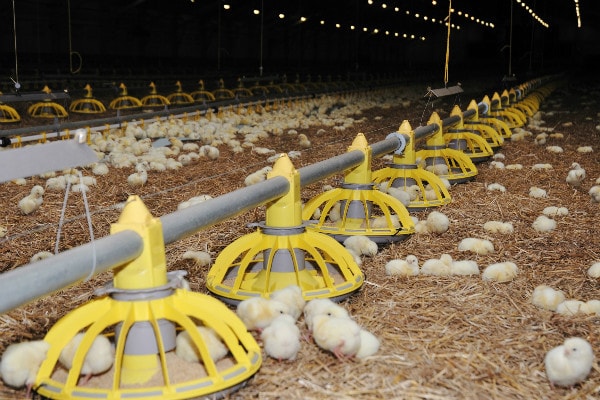
For the sake of simplicity let us take a batch of 2000 chickens. Given that each chicken consumes 3.7 kilos of food, then a batch of 2000 chickens would consume 7,400 kilos of food. This number will increase exponentially as the batch size increases. Every such commercial farm can produce 5-6 such batches every year.
The total weight of these chickens reaches anywhere between 2.25 – 2.5 kgs. This, by the way, is the live weight. Post butchering and removal of feathers, skin, head, legs and a few undesirable internal organs this weight reduces by 20 – 25%, this is known as dressed weight. So if the live chicken weighs 2.5 kilos then the dressed weight would be close to 1.9 kilos.
Layer Farms
In these farms, chickens are raised for a period of 72 weeks or 504 days. In this time, each chicken will consume 51.5 kilos of food. Even on these farms chickens are raised in batches. Again, taking the batch size as 2000, the amount of food that will be consumed by each batch will then be 103,000 kilos of food or 113.5 tons of food!!
Let us assume that a person ‘X’ in India consumes half a kilogram of chicken meat every month. This amounts to 6 kilos of chicken meat a year. We will also assume that all this meat is coming from broiler chickens. Six kilos of meat would require butchering three chickens, each with a live weight of 2.5 kg. Since each chicken yields approximately 1.9 -2 kg of meat as dressed weight, 3 such chickens would be required to make 6 kg of meat.
We already know that each broiler chicken consumes 3.7 kg of food, this means that person ‘X’ would have actually used up 3.7 times 3, which is 11.1 kg of food! According to a recent survey conducted by the Registrar General of India in 2014, out of every 10 Indians, 7 are non-vegetarian.
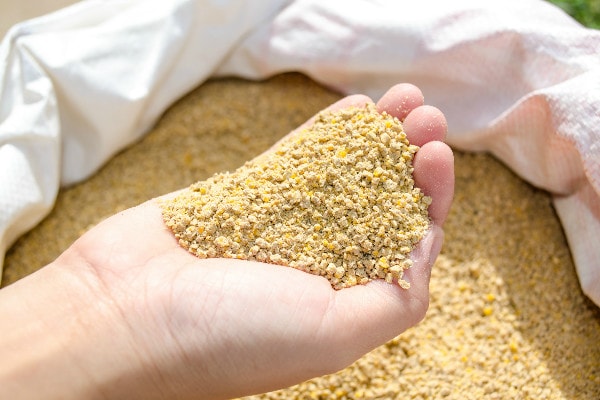
Chicken Feed
There is a big misconception among the populace that farm animals such as cows and chickens are not competitors to our food resources as they eat only what humans do not eat or that they eat our leftovers. While the latter is true to some extent, the former is miles away from reality. If they ate only our leftovers they would not be able to gain weight as fast as they do in today’s world. Here is a sample of what 100 kilos of chicken feed actually contains:
|
INGREDIENT |
QUANTITY IN KG |
|
Whole Maize |
35 |
|
Soya Meal |
32 |
|
Rice Husk |
13 |
|
Fishmeal |
9 |
|
Wheat Bran |
8 |
|
Calcium and Mineral Mixture |
3 |
As you can observe maize and soya are two of the primary ingredients. This is so because it makes the chickens grow faster than their normal rate of growth. Although the demand for corn and soy is less in India, the chicken industry certainly needs huge amounts of it and therefore needs land, agriculturally fertile land, to grow it. Wouldn’t it be a lot more convenient if we could use the same land to grow food for us instead?
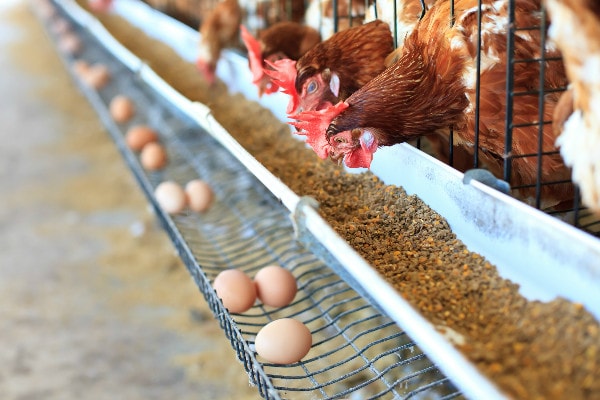
We also need to remember that we have focused on one of the leanest meats in the market which, in comparison to other meat industries like beef, demands a much smaller amount of land and food resources. These other industries which raise much larger farm animals will evidently need a lot more food resources to sustain.
This takes us back to the issue of world hunger. Human population has exploded beyond its limits, so much so that we ourselves are each other’s competitors for food. We are only creating more unwanted competition for the food we grow leading to world hunger.
According to Cowspiracy.com livestock covers 45% of the Earth’s total land. According to a study conducted by McGill University and the University of Minnesota, we are growing enough food for 10 billion people today. Where does this food disappear? Well, we are pretty sure we have given you some hints to answer the question.
Like This?
Read: Who killed Dory? Uddhav Thackeray, we need an answer!
Read More: GOD'S OWN COUNTRY TO DOGS' OWN HELL
AUTHOR
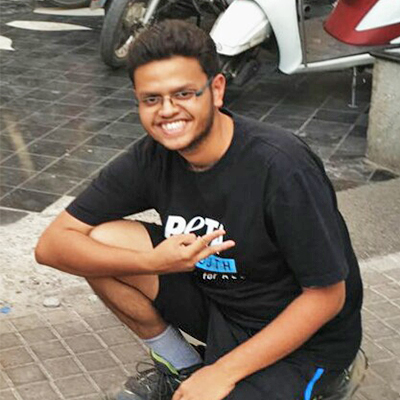
trending
Be a Vegan First Informer
Send us buzzworthy news and updates
Explore
Contact Us
About Us
Stay Connected
Copyright ⓒ 2017-2023. VEGAN PASSION PRIVATE LIMITED. All Rights reserved.
For more information, please write to hello@veganfirst.com
Registered Office Address: 55, 2nd floor, lane 2, Westend Marg, Saidullajab, Near Saket Metro Station, New Delhi, Gadaipur, New Delhi South West Delhi, DL

2.png)

.png)
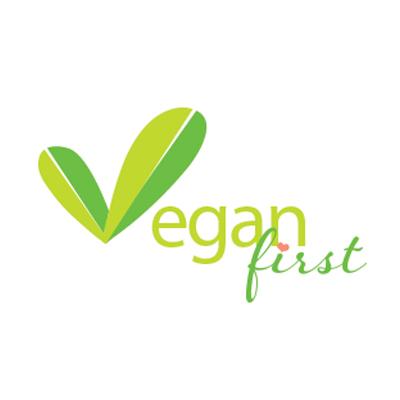
.png)
2.png)
2.png)
2.png)

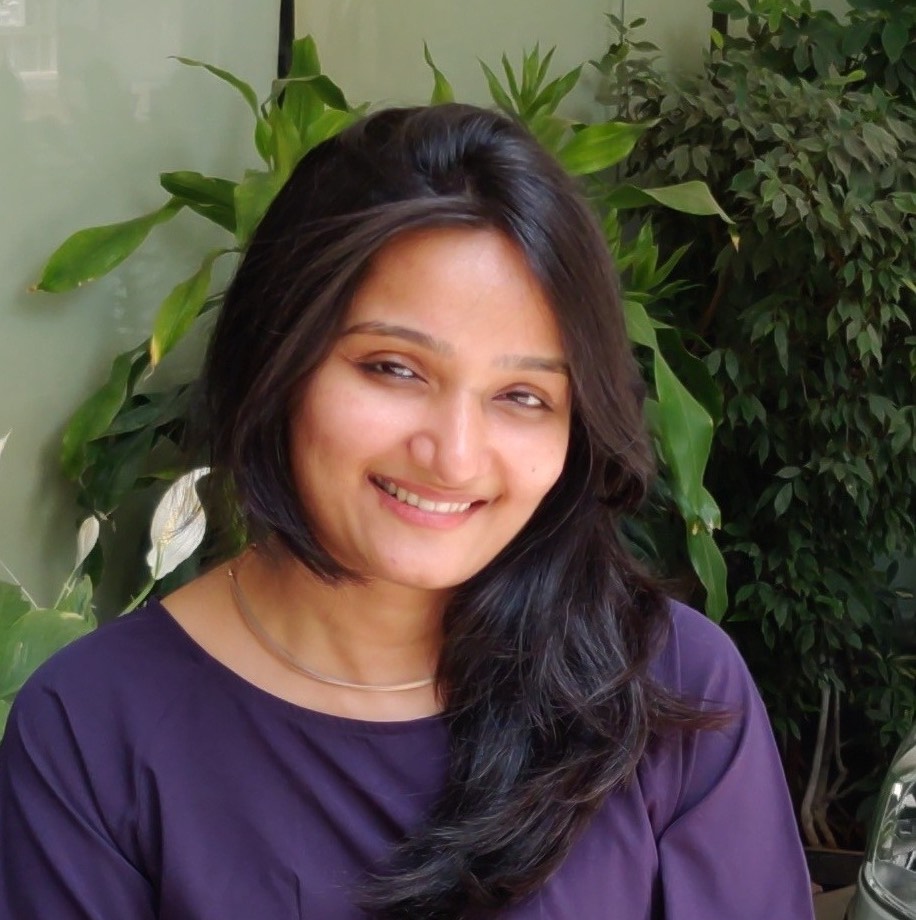
1.png)
